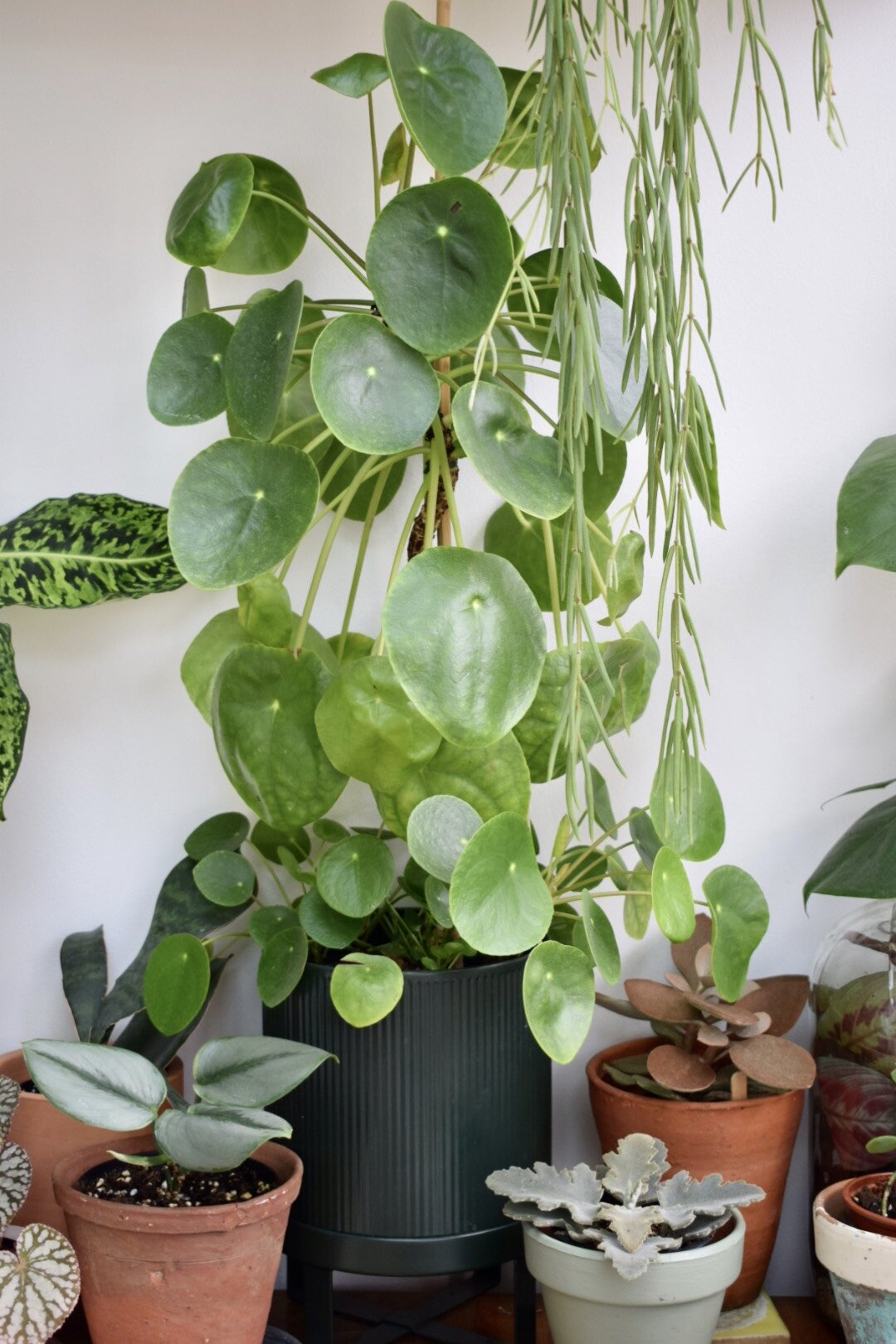The Allure of the Money plant: A Comprehensive Guide
The “Money Plant” is a term applied to several different plants, each believed to bring good fortune and prosperity. While the exact species may vary depending on cultural and regional beliefs, these plants share a common thread: they are prized for their aesthetic appeal and the positive energy they are thought to emanate. This article will delve into the world of Money Plants, exploring their various forms, cultural significance, and care requirements.
The Jade Plant: A Symbol of Wealth and Abundance
Perhaps the most well-known Money Plant is the Jade Plant (Crassula ovata). This succulent, with its thick, rounded leaves that resemble jade gemstones, is a popular choice for homes and offices. In Feng Shui, the Jade Plant is believed to attract wealth and abundance when placed in the southeast corner of a room, which is associated with prosperity.

Light: Jade Plants thrive in bright, indirect light. Avoid placing them in direct sunlight, which can scorch their leaves.
The Pachira Aquatica: The Braided Money Tree
Another popular Money Plant is the Pachira Aquatica, often sold with its trunk braided for an attractive and unique appearance. In Chinese culture, the five leaves of the Pachira are said to represent the five elements: wood, fire, earth, metal, and water. This plant is believed to bring good luck and financial prosperity to its owner.

Light: Pachira Aquatica prefers bright, indirect light but can tolerate low light conditions.
The Pilea Peperomioides: The Chinese Money Plant
The Pilea Peperomioides, also known as the Chinese Money Plant or Pancake Plant, is a charming houseplant with round, coin-shaped leaves. Its unique appearance and ease of care have made it a beloved houseplant worldwide.

Light: These plants thrive in bright, indirect light but can tolerate low light conditions. Avoid direct sunlight.
The Pothos: A Hardy and Versatile Money Plant
The Pothos (Epipremnum aureum), also known as Devil’s Ivy, is a popular choice for its hardiness and adaptability. It is a vining plant with heart-shaped leaves that come in various colors, including green, yellow, and white. In Feng Shui, the Pothos is believed to absorb negative energy and promote positive chi flow.
Light: Pothos plants can tolerate a wide range of light conditions, from low light to bright, indirect light.
The Lucky Bamboo: A Symbol of Good Fortune
Three stalks: Represents happiness, longevity, and prosperity.
Water: If grown in water, change the water every 1-2 weeks and add a few drops of liquid fertilizer. If grown in soil, water regularly and allow the soil to dry slightly between waterings.
The Money Tree: A Symbol of Prosperity in Various Cultures
The concept of a “Money Tree” transcends specific plant species. In many cultures, trees are associated with growth, abundance, and prosperity. Planting a tree can be seen as an investment in the future, both literally and metaphorically.
The belief in the power of Money Plants often extends beyond the physical realm. Many people believe that these plants bring positive energy, attract good luck, and create a harmonious environment. Caring for a Money Plant can be a mindful practice, fostering a connection with nature and promoting a sense of well-being.
The best Money Plant for you will depend on your personal preferences, lifestyle, and the specific energy you wish to attract. Consider factors such as:
Your available space: Some Money Plants, like the Pothos, can grow quite large, while others, like the Jade Plant, remain relatively compact.
